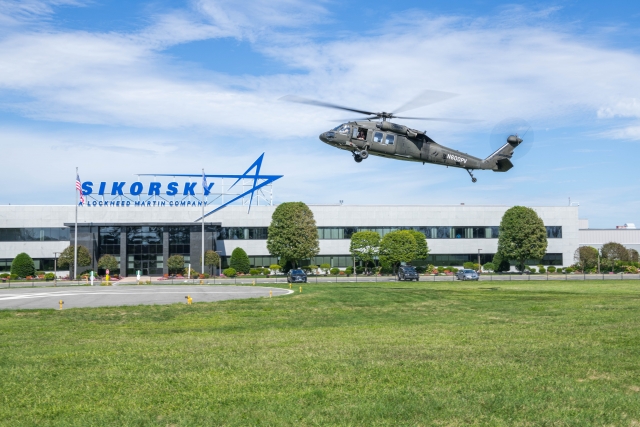 OPV - the future? Sikorsky and DARPA think so
OPV - the future? Sikorsky and DARPA think so
What does OPV stand for? Optionally-Piloted Vehicle. Sikorsky and DARPA (Defense Advanced Research Projects Agency) have been working on a remotely controlled Sikorsky Black Hawk, aptly registered N60-0PV (former UH-60A 79-23298 of the US Army, with msn 70115).
Together with Lockheed Martin they used DARPA's ALIAS (Aircrew Labor In-Cockpit Automation System) programme for a test flight, which took place at Fort Campbell AAF (KY), on 5 February.
Sitting on the runway, one of Sikorsky’s pilots flips the optionally piloted cockpit switch from two to zero, exits the aircraft and walks across the runway.
Not long after, on a clear cold morning, the Black Hawk, with DARPA’s logo, completes a pre-flight check list, starts its engines, spins up its rotors and takes off with no crew onboard. The test flight will take thirty minutes to complete.
The autonomous helicopter demonstrates its ability to adapt to a variety of mission environments, navigates at typical speed and altitude through a simulated cityscape, avoiding imagined buildings while route re-planning in real time.
Following the flight it then autonomously executes a series of pedal turns, manoeuvres and straightaways before completing a perfect landing. Once it shuts itself down, the two pilots approach and re-enter the aircraft. The OPV switch is reversed from zero to two, and then the pilots taxi back down the runway.
Besides this OPV controlled Black Hawk, the idea is not new and already incorporated in many military and civillian aircraft, both fixed and rotary wing.
Credits: Lockheed Martin, Sikorsky, DARPA

